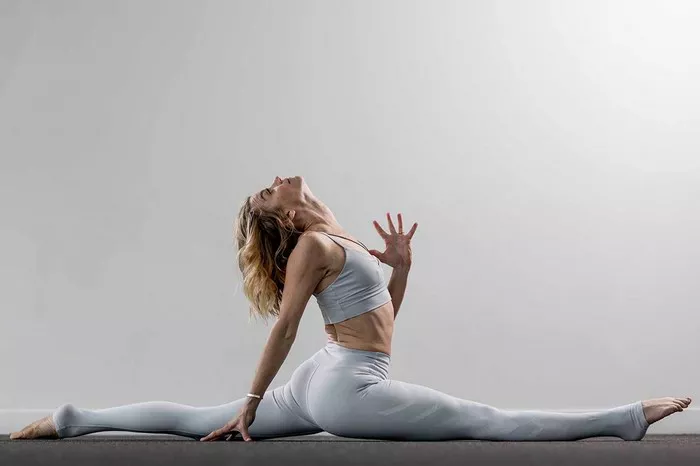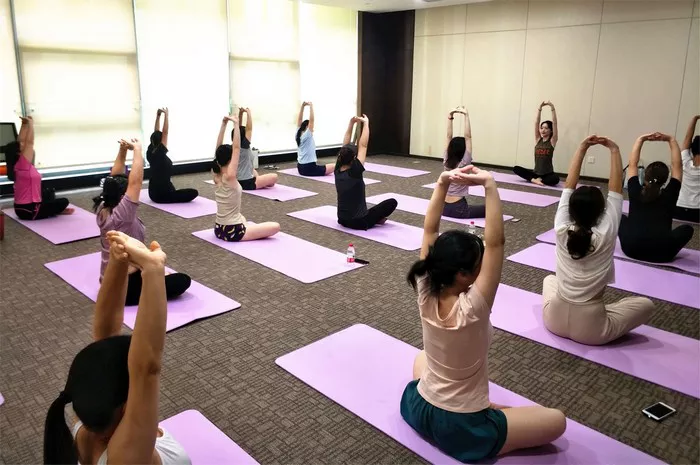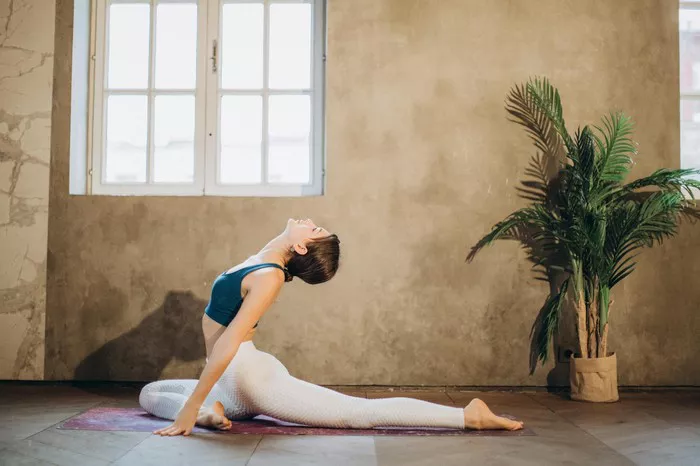Yoga is an ancient practice that brings together the mind, body, and spirit through physical postures (asanas), breath control (pranayama), meditation, and ethical principles. It’s no surprise that with its many physical and mental benefits, yoga has become increasingly popular worldwide. The demand for qualified yoga instructors has grown in parallel, making yoga teaching an attractive career for many who seek to share the benefits of yoga with others.
If you have a deep passion for yoga and wish to share it with others, becoming a certified yoga instructor (often referred to as a Registered Yoga Teacher or RYT) is an essential step. This article provides a detailed guide on how to become a certified yoga instructor, highlighting the necessary steps, skills, and qualifications to succeed in this rewarding profession.
1. Understand the Role of a Yoga Instructor
Before embarking on your journey to becoming a certified yoga instructor, it’s important to understand the responsibilities and expectations of the role. Yoga instructors teach students yoga practices in various settings, such as studios, gyms, schools, or private classes. They lead classes that can include asanas, breathwork, and meditation while creating a safe and supportive environment for students.
As a yoga instructor, you will need to:
- Teach physical poses (asanas) and explain proper alignment and technique.
- Offer modifications for students of different skill levels and physical abilities.
- Guide students in breathing exercises (pranayama) to enhance relaxation and focus.
- Provide mental and emotional support, fostering a calm, mindful atmosphere.
- Understand the principles of anatomy and physiology to ensure students’ safety during practice.
- Stay up to date with yoga trends, philosophies, and new techniques to continually evolve as a teacher.
In addition to these technical skills, successful yoga instructors are patient, compassionate, and have strong communication and interpersonal skills.
2. Begin Your Personal Yoga Practice
Before becoming an instructor, you need to develop a personal yoga practice. Having a deep understanding of yoga and the ability to practice its principles yourself is vital for teaching others. A personal practice will not only help you become proficient in various poses, but it will also give you firsthand experience of yoga’s mental and emotional benefits.
While there are no strict prerequisites to becoming a yoga instructor, many successful instructors begin their journey by practicing yoga for several years. This allows you to:
- Understand the physical demands of yoga poses.
- Deepen your understanding of yoga philosophy and its teachings.
- Cultivate mindfulness and focus.
- Gain insight into different styles of yoga (Hatha, Vinyasa, Ashtanga, Kundalini, etc.).
- Learn to listen to your body and develop a connection with it.
The more you practice, the more prepared you will be to guide others on their journey. During this period, it’s also a good idea to explore different yoga styles to find one that resonates with you. Some of the most popular styles include:
- Hatha Yoga: A slower, more deliberate style focused on the basic postures.
- Vinyasa Yoga: A dynamic flow of poses synchronized with breath.
- Ashtanga Yoga: A physically demanding, structured sequence of poses.
- Yin Yoga: A restorative practice involving longer-held, deep stretches.
- Restorative Yoga: Gentle poses supported by props for deep relaxation.
- Power Yoga: A vigorous form of yoga that focuses on strength and flexibility.
By exploring different styles, you will gain a well-rounded understanding of the practice, which will aid you in teaching various students.
3. Enroll in a Yoga Teacher Training Program
The most important step in becoming a certified yoga instructor is completing a Yoga Teacher Training (YTT) program. These programs provide you with the necessary knowledge, skills, and certifications to teach yoga professionally. Yoga Alliance, an international nonprofit organization, sets the standards for yoga teacher training programs.
There are many Yoga Teacher Training programs available, ranging from 200-hour beginner courses to advanced 500-hour courses. The minimum requirement for becoming a certified yoga instructor is typically a 200-hour program. These programs typically include the following:
Key Components of a 200-Hour Teacher Training Program:
- Asana Practice and Alignment: Deep dive into the physical postures, alignment techniques, and variations for different skill levels.
- Anatomy and Physiology: Understanding the human body, muscles, bones, joints, and systems, and how they function during yoga practice.
- Yoga Philosophy: Learning about the ancient teachings of yoga, such as the Yoga Sutras of Patanjali, the Bhagavad Gita, and other key texts.
- Pranayama and Meditation: Developing techniques to control breath and cultivate mindfulness through meditation practices.
- Teaching Methodology: Understanding how to structure a class, provide cues, correct postures, and safely guide students.
- Ethical Principles: Learning about the yamas (restraints) and niyamas (observances), the ethical guidelines that form the foundation of a yoga practice.
- Hands-on Adjustments: Learning how to safely assist students in getting deeper into postures with hands-on adjustments (while always maintaining respect for personal boundaries).
- Practice Teaching: Teaching practice classes to fellow trainees to develop confidence and refine your teaching style.
YTT programs can be found in many locations worldwide, from dedicated yoga studios to retreat centers, or even online. Be sure to choose a program that is accredited by Yoga Alliance (or other recognized certifying bodies in your country). Accreditation ensures the program meets specific standards, and once completed, you’ll be eligible to apply for Yoga Alliance certification as a Registered Yoga Teacher (RYT).
4. Select a Specialization or Teaching Style
While most yoga teacher training programs will equip you with a broad understanding of yoga, you may choose to specialize in a specific style or niche. Some potential areas of specialization include:
- Prenatal Yoga: Focused on teaching yoga to pregnant women, addressing their unique physical and emotional needs.
- Yoga for Kids: Tailored to children’s developmental stages and energy levels, using playful movements and stories.
- Therapeutic Yoga: For students with injuries or chronic conditions, focusing on healing and rehabilitation through specific poses.
- Vinyasa Flow: A fast-paced, breath-synchronized practice.
- Restorative Yoga: Teaching gentle, long-held poses to promote deep relaxation.
Choosing a niche will allow you to hone your expertise in an area that you’re passionate about and appeal to specific student populations. Specialized certifications are available and can be obtained after your 200-hour training, often in an additional 30-100 hours of study.
5. Obtain Certification from Yoga Alliance
Once you have completed your yoga teacher training, the next step is certification. Most yoga schools offer a certificate of completion, but to become an officially recognized instructor, you will need to register with Yoga Alliance (if you are in a country where Yoga Alliance certification is recognized).
To register as an RYT with Yoga Alliance, you must:
- Complete a Yoga Alliance-accredited 200-hour or 500-hour yoga teacher training program.
- Submit your training information and application to Yoga Alliance.
- Pay the registration fee (which varies depending on the level of certification).
Becoming an RYT is important for professional credibility and may increase your employability as a yoga instructor. Many yoga studios, gyms, and wellness centers prefer or require instructors to be certified through Yoga Alliance.
6. Start Gaining Teaching Experience
After completing your teacher training and certification, it’s time to start teaching! Gaining teaching experience is key to developing your confidence and becoming a successful instructor. Many yoga teachers begin by offering classes at local studios, gyms, community centers, or even private lessons. You may also offer classes online, especially as virtual yoga instruction has grown significantly in popularity.
As a new instructor, it’s normal to feel nervous or unsure of yourself, but over time, you will build your teaching style and refine your approach. Consider the following strategies to gain experience:
- Offer Free or Low-Cost Classes: In the beginning, you may choose to offer free or discounted classes in exchange for teaching experience.
- Teach Small Groups: Start with smaller, more manageable classes to feel more comfortable.
- Develop a Class Style: Whether it’s a slow, mindful class or a high-energy flow, developing a unique style can help you build a following.
- Network with Other Instructors: Building relationships with other instructors can help you learn from their experience and potentially land teaching opportunities.
- Take Feedback: Accepting feedback from students and mentors will help you improve and grow as a teacher.
7. Continue Your Education and Professional Development
Yoga is a lifelong learning journey, and as a yoga instructor, it’s crucial to continue your education and deepen your knowledge. In fact, to maintain your certification with Yoga Alliance, you must complete continuing education requirements every three years.
Consider the following ways to continue your professional development:
- Advanced Teacher Training: After gaining some teaching experience, you may want to pursue a 500-hour certification or specialized training (e.g., advanced yoga, restorative yoga, or yoga therapy).
- Workshops and Retreats: Attending workshops and retreats with experienced teachers can deepen your understanding and expose you to new styles and approaches.
- Study Anatomy and Physiology: A deeper understanding of human anatomy will help you prevent injuries and teach with greater precision.
- Stay Current with Trends: Yoga is constantly evolving, and it’s important to stay updated on new styles, techniques, and trends.
Conclusion
Becoming a certified yoga instructor is a fulfilling and transformative journey that requires dedication, patience, and ongoing learning. By following the steps outlined in this guide, you can take the first steps toward a rewarding career that allows you to share the transformative power of yoga.
Related topics

















